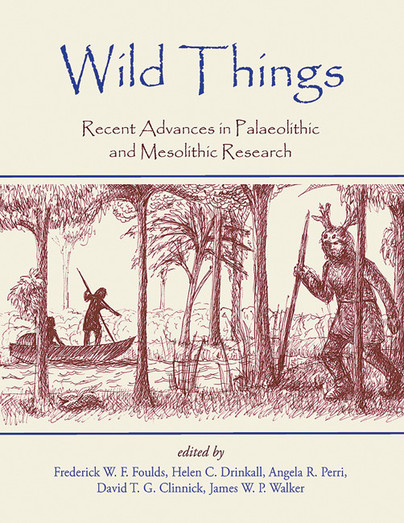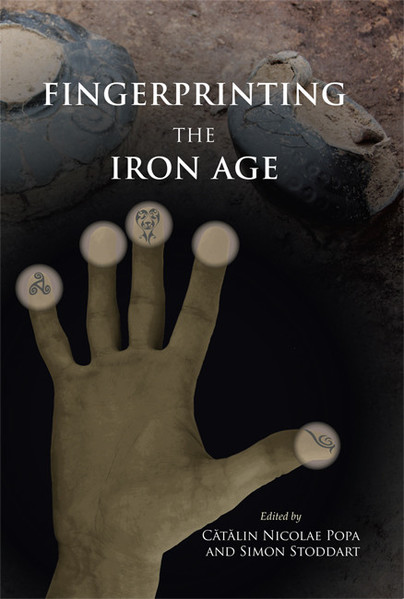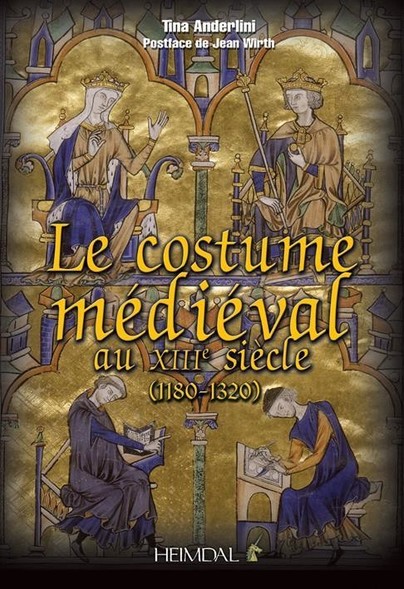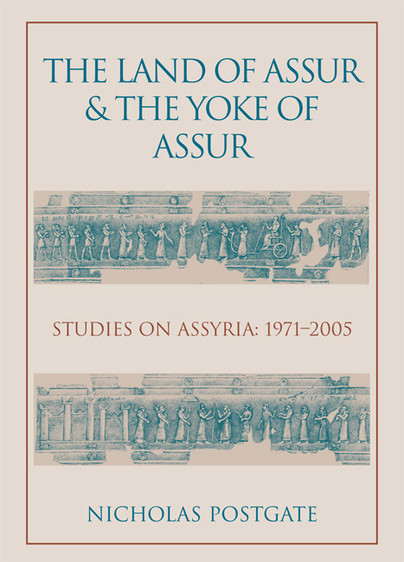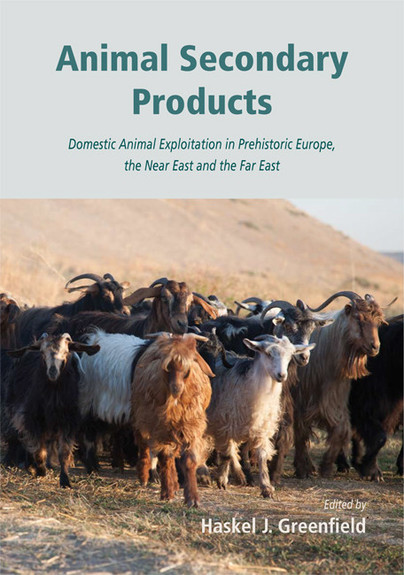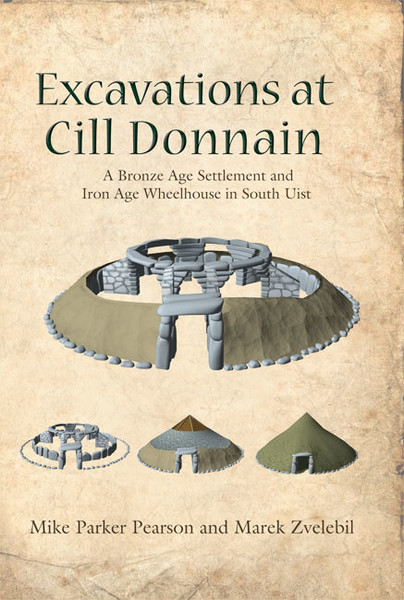
Format: Hardback
Pages: 213
ISBN: 9780955353475
Pub Date: 30 Nov 2014
Imprint: Cotswold Archaeology
Illustrations: 132
Description:
Archaeological work ahead of pipeline construction in East and South Devon led to the excavation of over thirty sites spanning the earlier Neolithic to early modern times. Early features included a wide scatter of pits dating to the Neolithic and Beaker periods (c. 3700–2000 BC), and a variety of Middle Bronze Age features that included evidence for land division in the Otter valley and South Devon.


